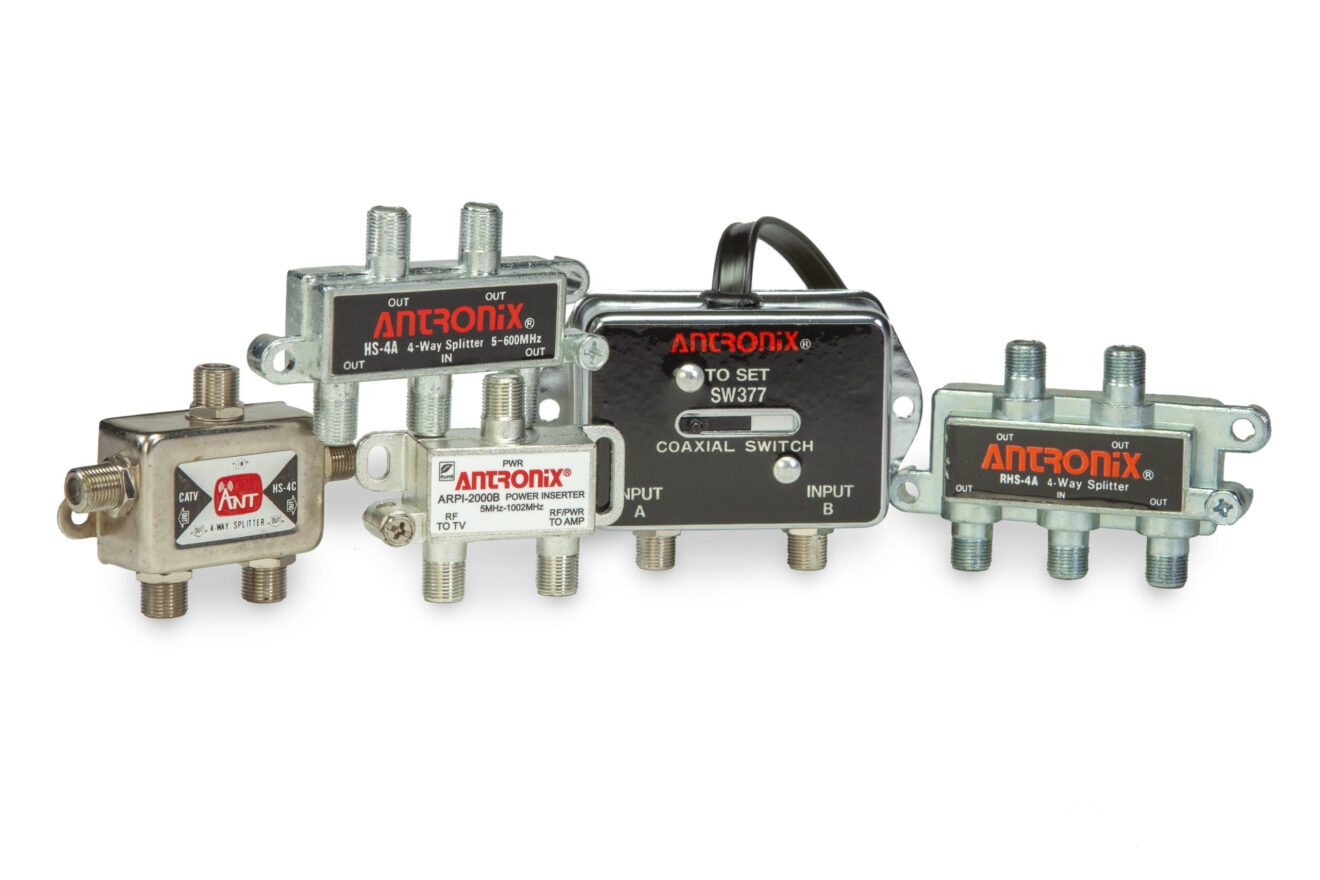With four decades of experience in the cable broadband industry, Antronix has seen many changes and transitions, all the while learning lessons and adapting to remain a leader along the way. Antronix President Neil Tang — who is the son of Antronix founder Danny Tang — and Antronix Strategic Planning Director Tony DiPace sat down to talk about how the industry has evolved, how Antronix has adapted and what the future will bring for Antronix and cable broadband as a whole.
What has been the secret of Antronix’s success through the many transitions in the industry over the last 40 years?
Tang: Antronix designs and manufactures 95% of our own devices. We manage all aspects of the process: engineering, capacity, production and quality control. This commitment has consistently resulted in the highest quality products available in our industry.
As you look to the future, what issues or technologies do you think will be most important for cable broadband?
Tang: Determining which of the many solutions to expand bandwidth are the most viable will be key. There are many different types of cable systems deployed in North America with different densities, aerial vs. underground, various levels of fiber deployment and different amplifier cascades. There can be no one-solution-fits-all for all cable systems, and finding solutions with enough volume to make them financially viable will undoubtedly be a focus for the industry.
As the industry decides on the next broadband architecture of the future, Antronix is actively innovating different technologies. One of the approaches we are taking is to extend the life of the broadband industry’s most-valuable asset — millions of miles of coaxial cable deployed to homes everywhere in this country. Extending the upper bandwidth, while simultaneously deploying fiber deeper (incrementally as needed) is an optimal solution to extend the life of coax infrastructure. Using a wireline version of ultra wideband (UWB) technology is one possibility for using coax to 3 GHz and beyond.
What have been some of the most significant industry and business changes over the last 40 years?
DiPace: I started my career in electrical and industrial hardware manufacturing in 1980. I worked in sales for a company that supplied pole line hardware for telephone companies, who were the primary users of aerial pole lines back then. Cable and broadband as we know it today did not even exist at the time.
Many of the early cable companies no longer exist or exist in other forms. For example, TCI (the largest MSO at the time) was purchased by AT&T, whose cable television services were then bought by Charter, then by Comcast.
In the early days of Community Antenna Television, there were many mom and pop operators providing television reception to small populations — particularly in rural communities — without much structure.
As the technology has evolved, the mechanics have evolved. Service delivery devices have changed and some no longer exist. Splitters, for example, didn’t even have blocking capacitors in the early days. Today, fiber technology has made splitters and amplifiers less necessary in many networks.
What has been the key to remaining a successful player in the industry over the last four decades?
DiPace: We play in the land of giants and we have held our own since the very beginning. That is in large part due to our reputation for consistent and outstanding engineering. Not only are our products technologically sound and very often market-leading, we have been nimble and responsive to our customers’ needs. We take great pride in working closely with our customer representatives and industry leaders so we can help lead technological advancements.
What is the biggest lesson you have learned about the industry while working at Antronix?
DiPace: The industry is unique in that the technology is dynamic and specific to providers. The most important lesson has been that maintaining relationships is paramount. It is only through having close working relationships with our customer operators and industry leaders that we are able to provide the devices they need today, and those that they will need tomorrow.
Looking ahead, what will be key for Antronix to remain successful?
DiPace: Antronix, and company president Neil Tang, have earned the reputation for being problem solvers in our industry. MSOs come to us with their network challenges. We are at the table discussing the direction of broadband cable and engineering the emerging solutions that will take us there.
Neil Tang is Antronix’s president. In his prior role as principal engineer, Neil managed the development of Antronix’s line of advanced residential amplifiers, which currently represents more than 50% of the industry’s market share. As chief executive officer, he is the driving force behind the company’s “customer first” strategy, resulting in Antronix developing a variety of products — such as passives and amplifiers to facilitate MoCA and high-frequency transmission products about 1 GHz — based entirely on customer feedback. Neil holds bachelor’s and master’s degrees in electrical engineering and has worked in telecommunications for more than 20 years. He has expertise in electrical engineering, RF/microwave engineering design, telecommunications product development and design and manufacturing. As a member of SCTE-ISBE’s Standards Committee, he helps to develop engineering standards and future architecture for the future of the cable and television industry.
Tony DiPace is the general manager at Antronix, the market-leading manufacturer and supplier of broadband equipment to the cable industry. He leads the company’s strategic planning initiatives. Tony has 20 years of experience at Antronix, and more than 30 years of experience in the cable industry.
